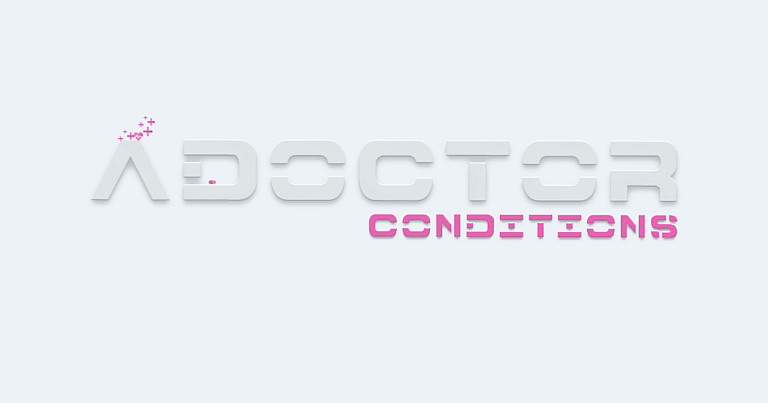What is Trigeminal Neuralgia?
[trp_language language=”en_US”]
Trigeminal neuralgia is a condition in which a dysfunctional facial nerve causes persistent or recurring facial pain. Women older than 40 years of age are most commonly affected by this condition. The condition is characterized by attacks of sudden, sharp, shooting pain in some parts of the face. It is most commonly one-sided, around the eye, cheek, jaws or the lower parts of the face and triggered by movements like smiling, chewing and more. The diagnosis is mostly made based on the symptoms and physical examination. Treatment involves medication to reduce the pain, and, if applicable, surgery. Although the pain can be difficult to control, many people find relief with a combination of therapies.
Risks
Trigeminal neuralgia is pain that comes from the trigeminal nerve (neuralgia means ‘nerve pain’). The trigeminal nerve carries feeling from the facial skin to the brain, and controls the muscles needed for chewing. In many cases, there is no obvious cause for the pain. Sometimes trigeminal neuralgia occurs as the result of another medical condition, such as multiple sclerosis (MS), or a tumor that is pressing on the nerve. Although anyone can develop trigeminal neuralgia, it is more common in people older than 40. It is more common in women than men.
Symptoms
The typical symptom is a very strong, sharp and electric pain of the face. This typically comes from the ear and spreads around the eye, and over the cheek, jaw and chin. This pain is usually only present on one side of the face, though it can occur on both sides in some cases. The pain tends to come in short-lived, ‘electric shock’-like bursts. Talking, smiling, chewing, light touch on the face, swallowing and kissing can trigger the pain, though some people have pain without any trigger at all. As the pain is located in the jaw, teeth or gums, it can be mistaken for tooth pain.
Diagnosis
The diagnosis is based on the symptoms and physical examination. Imaging of the head, such as with a CT scan or MRI scan, are usually done to exclude other causes for the pain, like MS or a tumor.
Treatment
Treatment of trigeminal neuralgia involves treating the underlying cause, if there is one, and managing the pain. Many people find that normal pain medications don’t help, so some medications which specifically target nerve pain are used. These include anti-seizure medications and muscle relaxants. are known to show good effects. If these are not effective, a procedure to destroy the part of the trigeminal nerve or remove small blood vessels around the nerve may be needed.
Prevention
Avoiding triggers can reduce the rates of attack.
Other names for trigeminal neuralgia
- Fothergill’s disease
- Prosopalgia
[/trp_language]
[trp_language language=”ar”][wp_show_posts id=””][/trp_language]
[trp_language language=”fr_FR”][wp_show_posts id=””][/trp_language]
**What is Trigeminal Neuralgia?**
**Introduction**
Trigeminal neuralgia is a chronic pain condition that affects the trigeminal nerve, which transmits sensations from your face to your brain. It causes intense, stabbing or burning pain in the face that can be triggered by everyday activities such as eating, drinking, brushing teeth, or a gentle touch.
**Symptoms**
* Severe, sudden attacks of facial pain
* Pain that lasts from a few seconds to minutes
* Episodes that can occur multiple times a day
* Pain that typically affects either the right or left side of the face
* Common trigger zones include the cheeks, chin, lips, and teeth
* Pain that can be described as shooting, stabbing, burning, or electric shocks
**Causes**
In most cases, trigeminal neuralgia is caused by compression of the trigeminal nerve. This can be caused by a variety of factors, including:
* Blood vessels pressing on the nerve
* Tumors or cysts
* Multiple sclerosis
* Aneurysms
* Head injuries
**Diagnosis**
Trigeminal neuralgia is diagnosed through a physical exam and a detailed description of the patient’s symptoms. Imaging tests such as magnetic resonance imaging (MRI) or computed tomography (CT) scans may be ordered to rule out other potential causes of the pain.
**Treatment**
Treatment for trigeminal neuralgia aims to reduce pain and prevent future attacks. Options may include:
* **Medications:** Anticonvulsant medications such as carbamazepine or gabapentin
* **Surgery:** Microvascular decompression (MVD) is a surgical procedure that involves removing the blood vessel that is compressing the nerve
* **Injection therapy:** Percutaneous glycerol rhizotomy (PGR) or radiofrequency rhizotomy (RFR) are injections that damage the nerve and block pain signals
* **Other therapies:** Acupuncture, nerve blocks, and laser therapy may provide some relief
**Complications**
If left untreated, trigeminal neuralgia can lead to significant impairment in a person’s quality of life. Complications can include:
* Depression and anxiety
* Difficulty eating or drinking
* Social isolation
* Facial numbness or weakness
**Prognosis**
The prognosis for trigeminal neuralgia varies. With proper treatment, many patients can experience significant relief from pain and improve their quality of life. However, in some cases, the pain may persist or recur despite treatment.








TN or trigeminal neuralgia is an uncommon but sudden onset excruciating pain in the facial area caused by damage to the trigeminal nerve – the nerve in our face that registers sensational stimuli. Occurs along the branches of the nerve in the cheek, jaw, and lower lip and can have ear pain as a symptom.